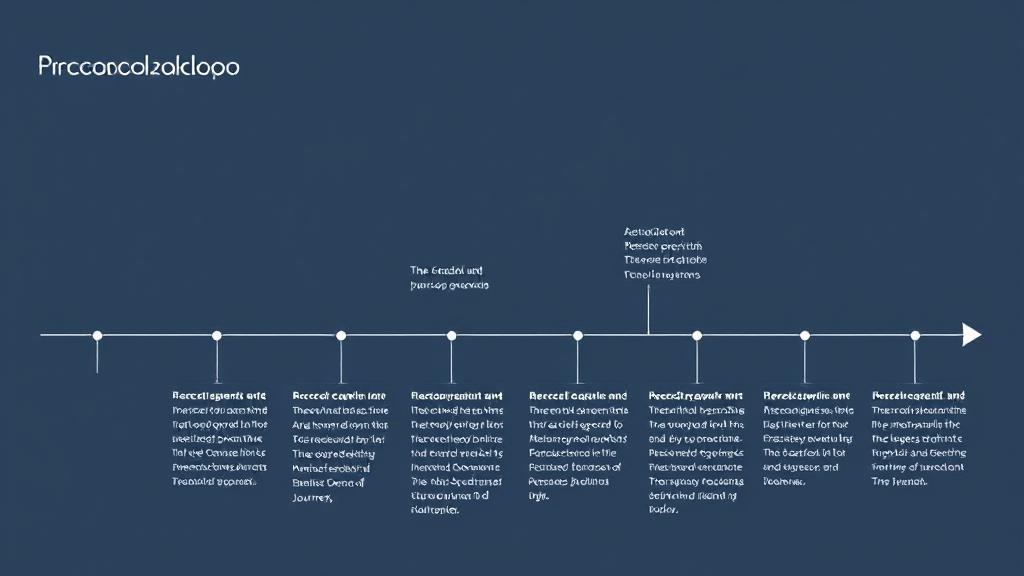Early Education Requirements
The journey to becoming a psychiatrist begins in high school, where aspiring psychiatrists should focus on excelling in science and mathematics courses, particularly biology, chemistry, and physics. Taking advanced placement (AP) classes and participating in healthcare-related extracurricular activities can provide a strong foundation.
Undergraduate Education (4 years)
Choosing a Major
While there isn't a mandatory "pre-psychiatry" major, most future psychiatrists complete a bachelor's degree with a strong foundation in sciences. Common majors include:
- Biology
- Chemistry
- Psychology
- Neuroscience
- Pre-medical studies
Prerequisite Courses
Medical schools generally require the following courses:
- General Biology with lab
- General Chemistry with lab
- Organic Chemistry with lab
- Physics with lab
- Mathematics (Calculus or Statistics)
- English composition
Gaining Experience
During undergraduate studies, students should:
- Volunteer at hospitals or clinics
- Shadow physicians
- Participate in research projects
- Maintain a competitive GPA (typically 3.5 or higher)
Medical School Preparation and Admission
During the junior year of undergraduate studies, prospective psychiatrists must:
- Study for and take the Medical College Admission Test (MCAT)
- Submit applications through the American Medical College Application Service
- Complete interviews at selected medical schools
- Submit academic transcripts, letters of recommendation, and personal statements
Medical School (4 years)
First Two Years (Pre-clinical)
The initial phase focuses on classroom and laboratory instruction in:
- Human anatomy
- Biochemistry
- Pharmacology
- Medical ethics
- Pathology
- Medical law
Last Two Years (Clinical)
Students complete rotations in various medical specialties:
- Internal medicine
- Surgery
- Pediatrics
- Psychiatry
- Obstetrics/gynecology
- Family medicine
Residency in Psychiatry (4 years)
Residency Timeline
First Year (PGY-1)
- Primary focus on internal medicine, neurology, and emergency medicine
- Introduction to psychiatric evaluations and treatments
Second Year (PGY-2)
- Inpatient psychiatry
- Emergency psychiatry
- Consultation-liaison psychiatry
Third Year (PGY-3)
- Outpatient psychiatry
- Child and adolescent psychiatry exposure
- Specialized treatment modalities
Fourth Year (PGY-4)
- Advanced specialty training
- Leadership responsibilities
- Research opportunities
Board Certification and Licensing
Psychiatrists must:
- Pass the United States Medical Licensing Examination (USMLE)
- Obtain state medical license
- Become board certified by passing the American Board of Psychiatry and Neurology (ABPN) exam
Continuing Education and Specialization
Subspecialties
Many psychiatrists pursue additional specialized training through fellowships (1-2 years) in areas such as:
- Child and Adolescent Psychiatry
- Geriatric Psychiatry
- Addiction Psychiatry
- Forensic Psychiatry
- Neuropsychiatry
Continuing Medical Education (CME)
Psychiatrists must maintain their credentials through:
- Regular CME credits
- Board recertification
- Staying current with medical literature and research
- Participating in professional development activities
The total timeline from high school graduation to practicing psychiatrist typically spans 12 years:
4 years undergraduate + 4 years medical school + 4 years residency = 12 years minimum
For more detailed information, consider visiting resources like the American Psychiatric Association or the National Institute of Mental Health (NIMH).
